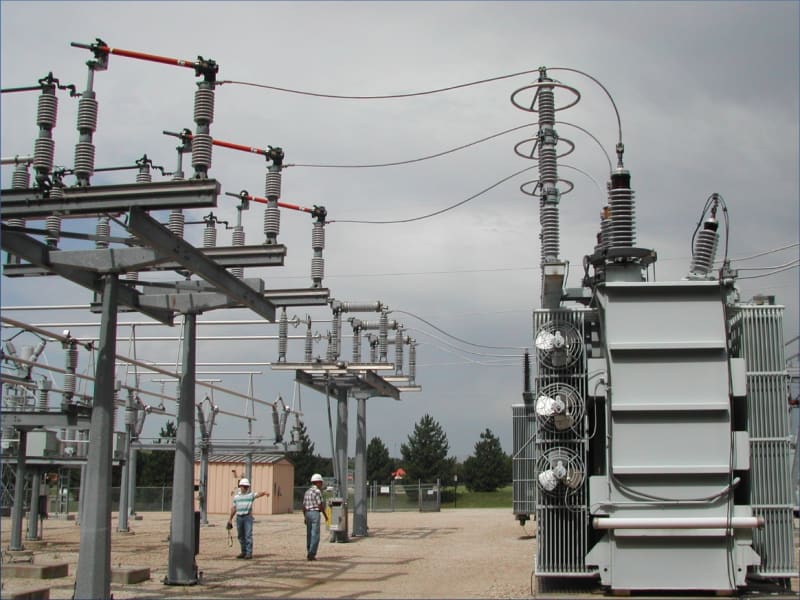What fuse size is typically selected for transformers installed without fans? 100%, 125%, 133% or 167% of the primary FLA ONAN rating?
The sizes I have in mind are between 5/7.5MVA to 30/40/50MVA.
When a unit of this size is energized from a cold start how long can it remain overload above its ONAN rating? How long can these units sustain 133% of 167% loading without fans?
The sizes I have in mind are between 5/7.5MVA to 30/40/50MVA.
When a unit of this size is energized from a cold start how long can it remain overload above its ONAN rating? How long can these units sustain 133% of 167% loading without fans?

